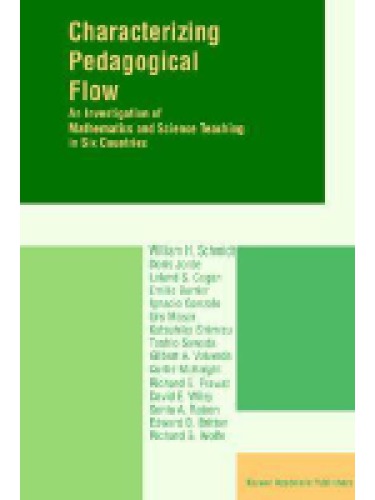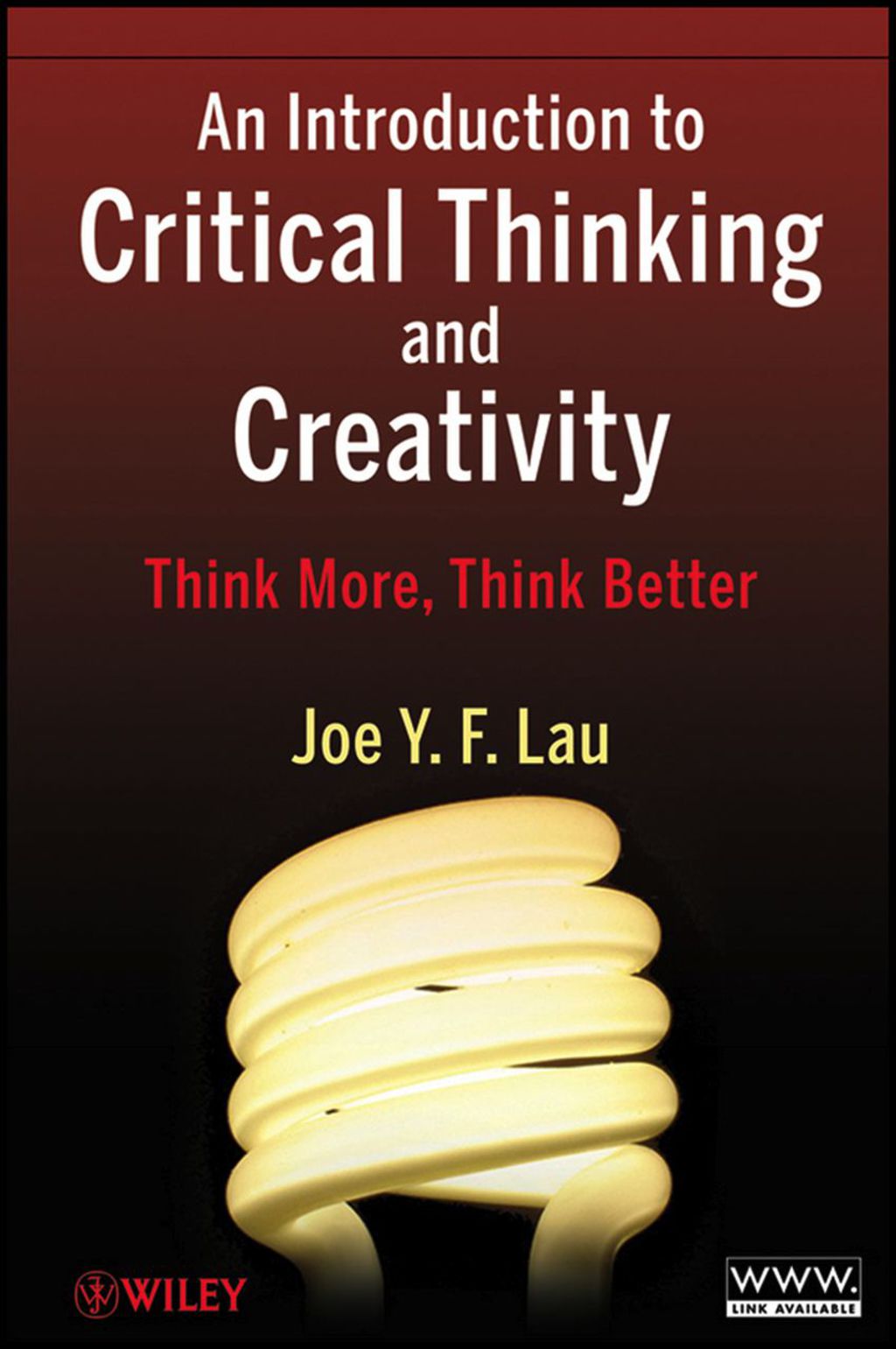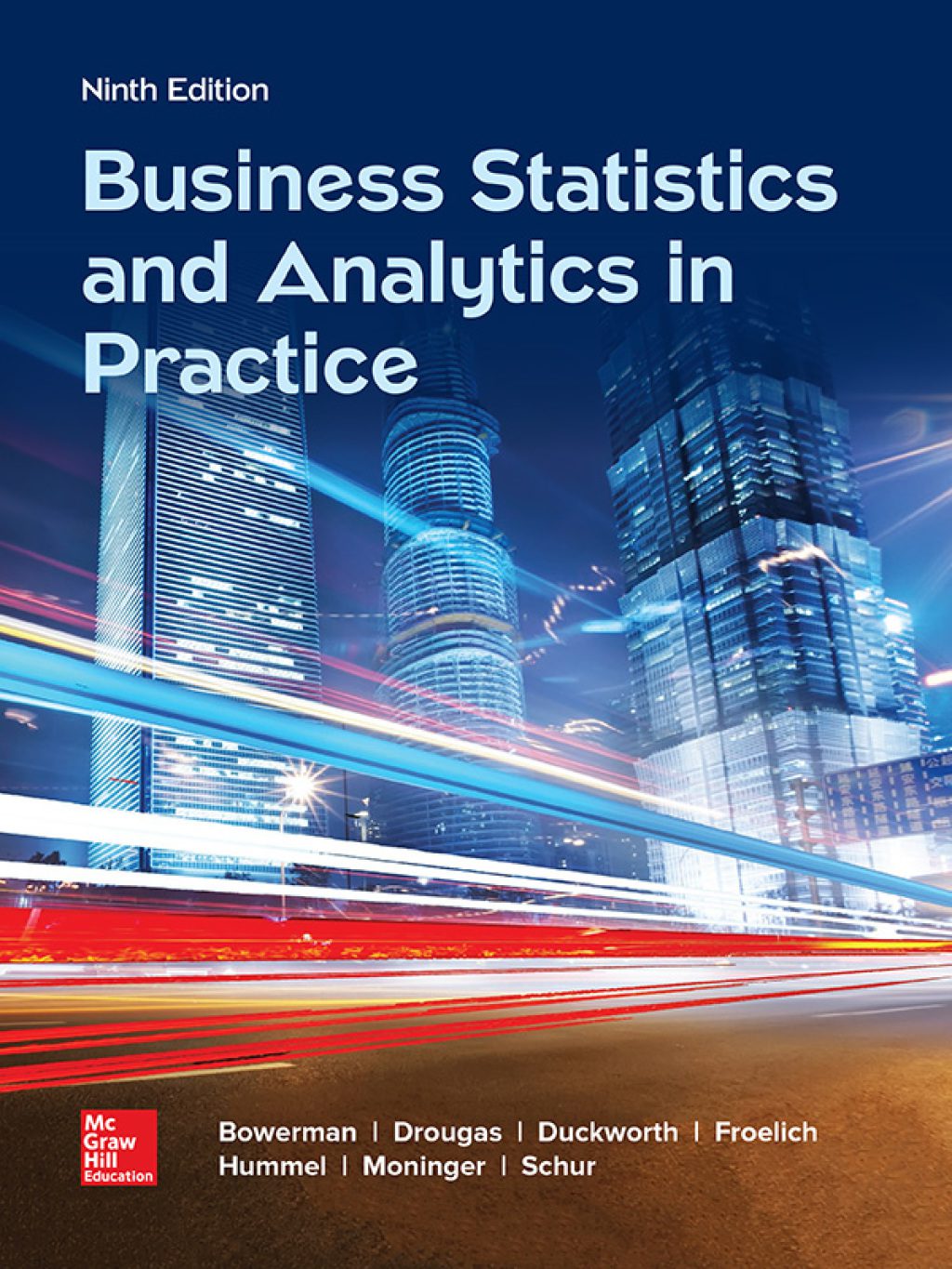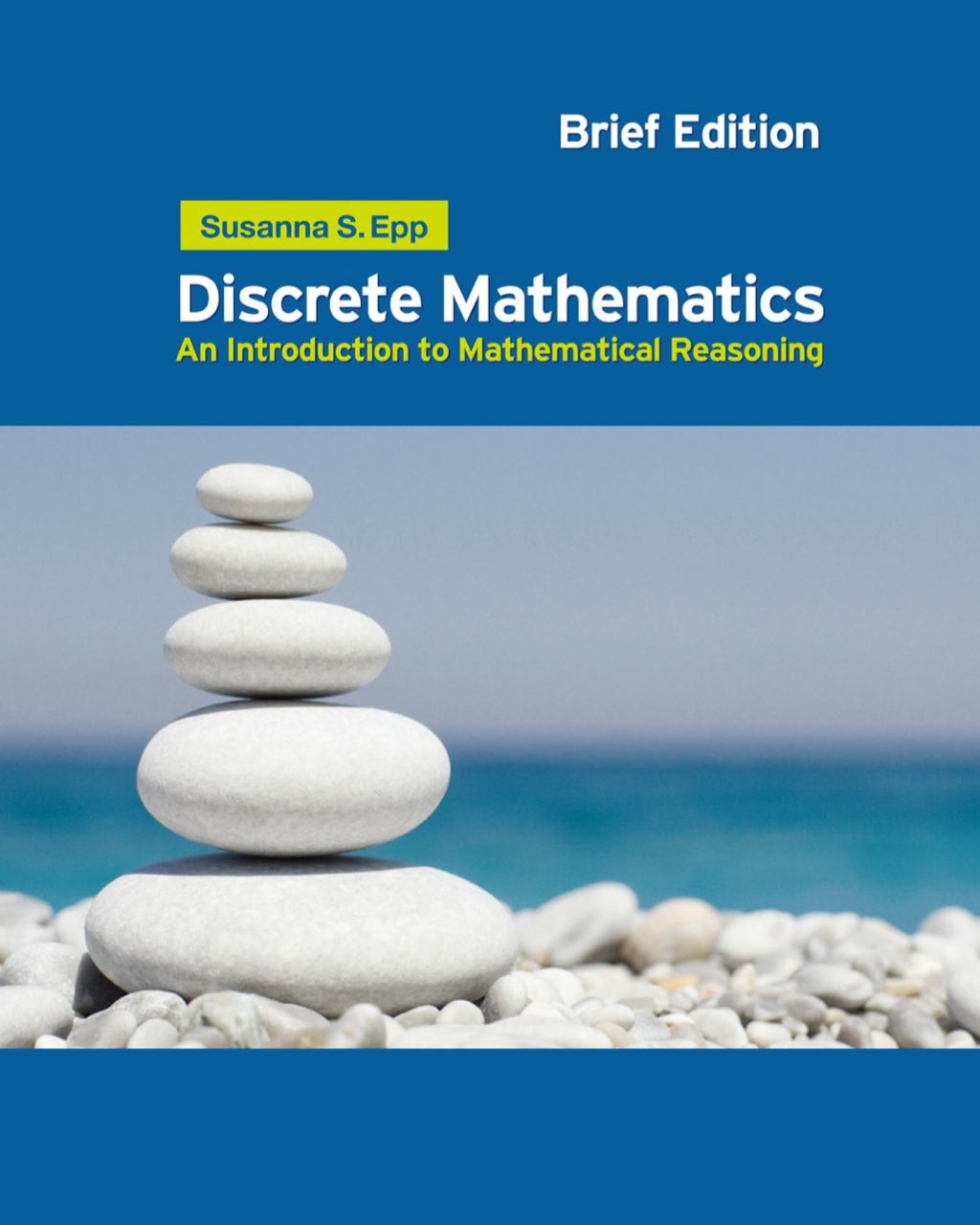W.H. Schmidt0792342720
Characterizing Pedagogical Flow: An Investigation of Mathematics and Science Teaching in Six Countries
Free Download
Authors: W.H. Schmidt
Edition: 1
ISBN: 0792342720
Size: 9 MB (9676679 bytes)
Pages: 232/232
File format: pdf
Language: English
Publishing Year: 1996
Direct Download: Coming soon..
Download link:
Category: MathematicsSign in to view hidden content.
Be the first to review “Characterizing Pedagogical Flow: An Investigation of Mathematics and Science Teaching in Six Countries” Cancel reply
You must be logged in to post a review.
Related products
- General
WebAssign for Gustafson/Hughes’ College Algebra, 12th Edition [Instant Access], Single-Term
$129.87$32.47







Reviews
There are no reviews yet.